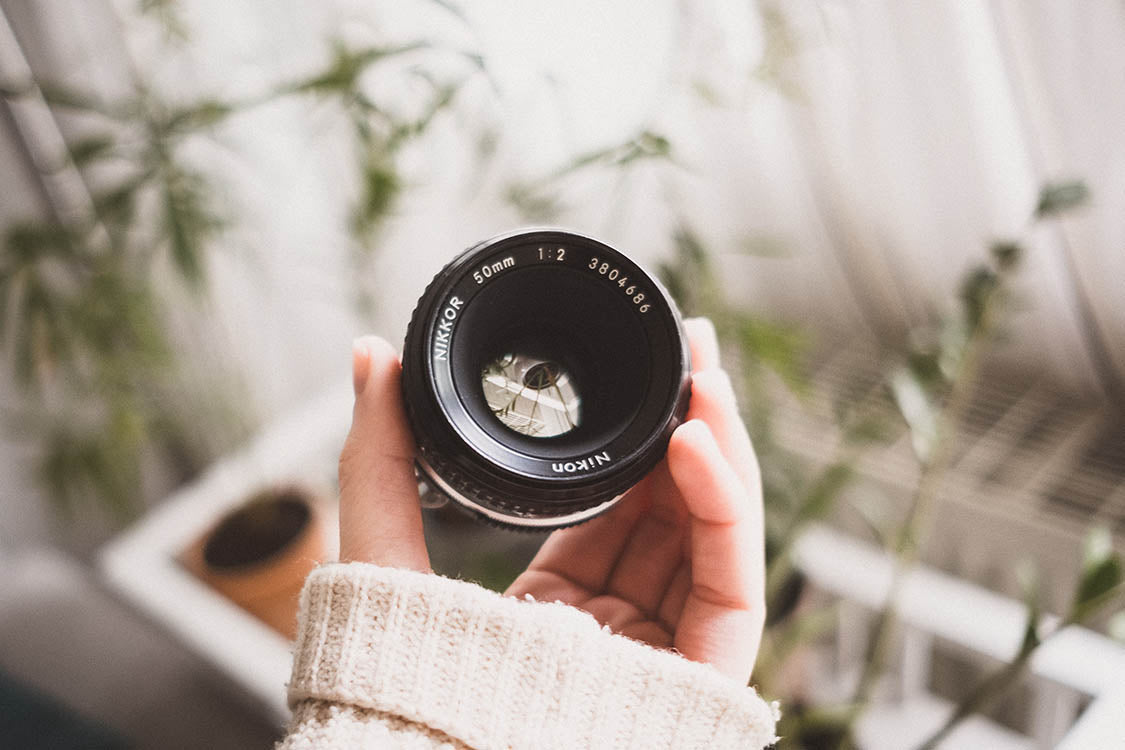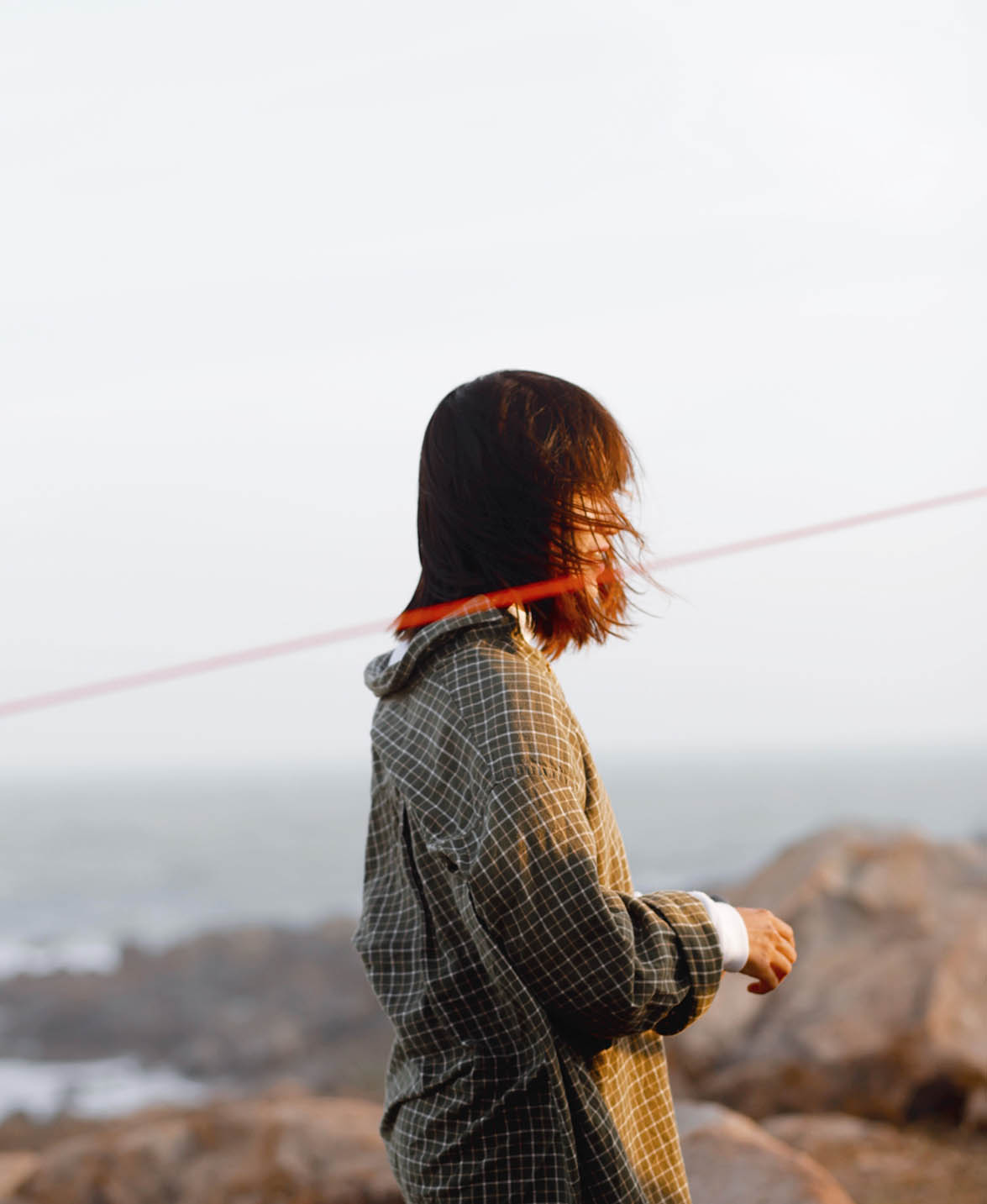The 5 best prime lenses for travel photography

Prime lenses are great for travel photography. For real! We know prime lenses have a bit of a reputation as being impractical for traveling because you need to carry multiple lenses to cover every situation, and you have to ‘zoom with your feet’. But hear us out… Prime lenses have some distinct advantages for travelers:
- A good prime lens will deliver amazing image quality at a lower price tag compared with zoom lenses, which is great when your budget also has to factor in travel expenses.
- Prime lenses have fewer moving parts and glass elements. This means they are smaller and lighter than zoom lenses, which is a huge plus if you like to travel light.
- Prime lenses come with wider apertures than similarly priced zoom lenses, meaning you can take decent photos in lower light without breaking the bank.
If you’re looking to add prime lenses to your camera bag, read on. We’ll talk you through some features to look for and introduce you to five types of prime lens which, together, will have you covered in any travel scenario.

Features to look for in a lens
Before you go shopping, there are some features and terminology you need to know so that you get the right lens for you.
If you’re a bit of a seasoned photographer, you can skip this section and head straight down to our overview of the five best prime lenses for travel photography.
Focal length
Denoted in millimeters, the focal length of a lens indicates the distance between the camera sensor and the optical center of the lens when focused at infinity. In a 50mm lens, there is 50mm between the optical center and the sensor, while in an 85mm lens the distance is 85mm.
That’s the technical part. In real life, the focal length is known as a measure of how wide the lens’s field of view is. A smaller number means a wider field of view. We’ll get more into this later when we look at the best prime lenses for travel photographers.
Full frame vs crop sensor
Cameras have different-size image sensors. This matters when you buy a lens. More expensive cameras will often have a full-frame sensor, but many DSLR and mirrorless cameras use smaller sensors. These are collectively known as crop sensors, the two most common of which are APS-C and Micro Four Thirds.
Crop sensors do not capture the full field of view as seen through the lens. A photo shot with a 24mm lens on a full-frame camera will have a wider field of view than a photo shot with the same lens on a crop-sensor camera. As an example, the APS-C equivalent of a 24mm lens on a full-frame camera would be 16mm.


Great prime lenses for travel photography
With all that out of the way, let’s look at what kind of prime lenses every travel photographer should have in their camera bag.
Landscape and night sky: 24mm or shorter
You will want a wide-angle lens with a focal length of 24mm or less for landscape photography. (Try 16mm or less for crop-sensor cameras.) These lenses let you capture some seriously sweeping vistas and can add a lot of depth and drama to your photos. They’re great for making cramped spaces look larger too.
If you want to take photos of the night-sky, you also need one of these. Wide-angle lenses are excellent for capturing stunning images of starlit landscapes, and with one of these you can expose your photos for longer before the stars go blurry due to the earth’s rotation.
Now, wide-angle lenses have some downsides too. Unless you get an absolute top-of-the-line lens, which can set you back thousands of dollars, you may notice some distortion in your images that makes straight lines appear curved. This means street or city photography, which often involves lots of straight lines, will not always look the best. Portraits may also look unflattering for the same reason.

Indoors, landscape, street: the 35mm all-rounder
One of our favorite lenses is the 35mm. It is a wonderfully versatile lens and produces great-looking photos. If you’re into landscape, street, or indoor photography, this may well be the type of lens that should sit on your camera by default. While not quite a wide-angle lens, it’s great for landscape photography. It gets you closer to points of interest while still capturing a lot of surrounding landscape. This is also the perfect lens to photograph action on the street. Because of its fairly wide field of view, you can move closer to your subject while still getting a lot of surroundings in your photo.
Even entry-level 35mm lenses normally come with wide maximum apertures, meaning they are great for indoors shooting in low light and will do decent portrait shots too. The crop-sensor alternative lens would be 24mm; however, portrait photos may suffer due to distortion.
Street and portraits from a medium distance: 50mm
You can’t go wrong with a 50mm lens if you enjoy portrait photography. On full-format cameras, a 50mm is referred to as a standard – or normal – lens because it sees the world much the same as the human eye. For this reason, photos taken with a 50mm lens look very natural, making it a fantastic choice for portrait photography.
Capturing street scenes, a 50mm lens lets you put a little distance between you and your subject, which is handy for situations where you can’t be right up-close to the action.
As with 35mm lenses, even an entry-level 50mm will normally come with a wide maximum aperture. And best of all, these prime lenses tend to offer excellent quality and value for your money.
If you have a crop-sensor camera, consider a 35mm lens.

Portraits and street from a greater distance: 85mm
At 85mm, we’re moving into telephoto territory. These lenses are old favorites among travel photographers focusing on street and portrait photography.
At maximum aperture, these lenses will give you an incredibly nice, soft background. This is great for capturing shots of people on the street, where the background can often be busy and the light less than ideal. Just throw that aperture wide open and your photos will look fantastic.
Thanks to the longer focal length, this lens is great if you prefer to keep a bit of a distance to the people you’re photographing. An added benefit is how these lenses compress perspective, making the background appear much closer. These lenses also really shine for portrait headshots as they do not distort your subject’s facial features.
For a crop-sensor camera, you may consider a 50mm lens instead if you focus on portraits.
Wildlife: 135mm
If you take photos that require you to get up close and personal with subjects that don’t necessarily want to be up close and personal with you – such as wildlife – you’re going to need a telephoto lens. A 135mm prime lens offers a nice compromise between portability, quality, and price, which makes it an excellent choice for travel photographers looking to capture wildlife shots. An added benefit is the creamy smooth background you can produce, especially if your 135mm lens sports an f2 maximum aperture or better.
If you’re serious about wildlife photography, get an even longer lens, such as 200mm or 400mm. Beware though, these lenses are large and can put a serious dent in your budget.

If you only take two prime lenses in your camera bag…
We’d love to put all five of these prime lenses in our bag whenever we go traveling. That’s not very practical though. Most camera bags for travelers will fit your camera with one lens mounted plus one or two more lenses at best.
If you carry a full-frame camera and are looking for maximum versatility from just two lenses, consider going with 35mm and 85mm. Between them, they will have you covered for landscape, indoor, street and portrait photography. In a pinch, you can also capture decent night-sky photos and some wildlife shots (providing the wildlife isn’t too shy).
For crop-sensor cameras, a 24mm lens and a 50mm lens could well be a winning combo. These cameras tend to be smaller, so consider sneaking in an 85mm lens too if your camera bag has enough room.
Speaking of bags: If you’ve invested money into some quality prime lenses, make sure you have a good camera bag that will protect your investments while you’re on the go. GATTA bags are sturdy and versatile, and they’re pretty chic too.
What’s your winning combination of prime lenses for travel photography? Let us know in the comments.













